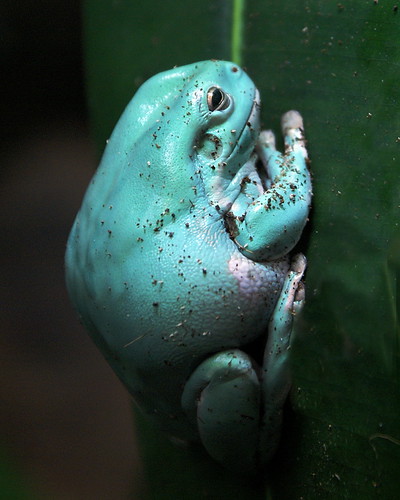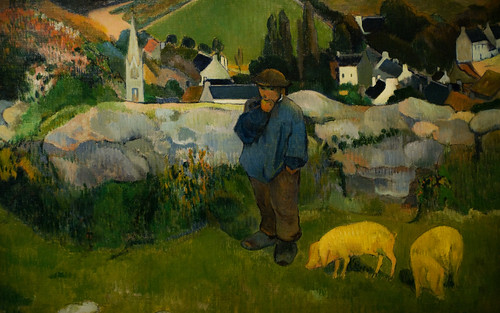
Weevil, a photo by kampang on Flickr.
I’m running a game in which one of the PCs is a paladin,
meaning that we have to figure out what that permanent protection form evil
spell is all about. We are using
Labyrinth Lord rules with the Advanced Edition Companion. According to those rules, Paladins “radiate protection from evil in a 10 foot radius
at all times.”
Protection from evil
refers to a 1st level cleric spell (also quoted from LL AEC):
“This spell wards a
creature from attacks by “evil” creatures. It creates a magical barrier around
the subject that moves with the subject. The subject gains a bonus to AC of –1
and a +1 bonus on saving throws. Both these bonuses apply against attacks made
or effects created by evil creatures.
In addition, this spell
prevents bodily contact by summoned or created creatures. This causes the
natural weapon attacks of such creatures to fail, and the creatures recoil if
such attacks require touching the warded creature. However, these creatures can
attempt missile attacks. The protection against contact by summoned creatures
ends if the warded creature makes an attack against or tries to force the barrier
against the blocked creature.”
Despite the scare quotes and alignmental relativism, we could figure out the
bit about “evil” creatures. But what
about “summoned or created creatures?”
If a creature is not “created” then what is it? By one logical interpretation, a paladin and
five of his closest friends are completely immune to undead touch attacks and a
lone 1st level paladin could sit down and have a picnic whilst
surrounded by mummies, wraiths, and spectres.
The 2e rules are nicely succinct and don’t make a mistake of
referring to a spell without seeming to think through what that spell really
says:
“A paladin is surrounded by an aura of protection with a
10-foot radius. Within this radius, all
summoned and specifically evil creatures suffer a -1 penalty to their attack
rolls, regardless of whom they attack.
Creatures affected by this aura can spot its source easily, even if the
paladin is disguised.”
I like the 2e rules, but I don’t mind granting a little
extra protection in the case of “summoned” creatures as long as I can be sure
what that means. So, for the purposes of
my game and maybe yours, here is what the paladin’s protection is:
·
All “evil creatures” (which includes bad people
of all sorts and almost anyone or anything that would attack a paladin in
earnest-- except for things like giant frogs, green slime, and crazy drunkards)
get a -1 to hit the paladin and anyone else within the spell’s area of effect.
·
The paladin & co. get +1 to saving throws
against attacks from such creatures even if the creatures are attacking (by
missile or magic) from outside the area of effect.
·
Summoned creatures are those creatures that were
called into battle by some unnatural means.
The bats summoned by a vampire and a demon summoned by an evil cleric
would not be able to touch the paladin or his friends who were within the area
of effect. If the summoned creatures
successfully goad the paladin into battle (perhaps by threatening to attack
innocents outside the area of protection) then the protection is “waived” with
regard to those summoned creatures that the paladin attacks.
·
Created creatures are golems. Undead are not created, but reanimated. I can’t think of anything besides golems that
would be “created” in this sense. Such
creatures are subject to the exact same rules as summoned creatures.
·
Creatures affected by this spell do figure out
the paladin is the source of the protection.



